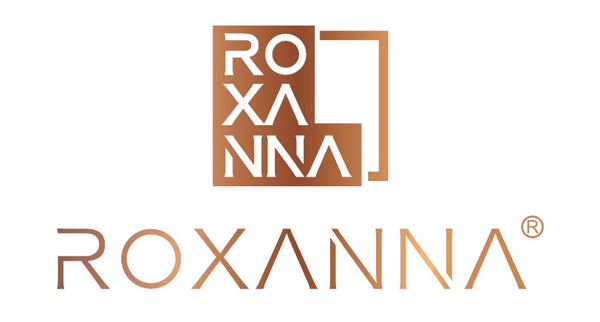If you’re new to retinoids, start with a non-prescription version, such as retinol. To reiterate, the reason is that most people who start with a prescription (without proper usage instruction) eventually give up because their skin becomes too dry and irritated.
If you have a prescription and haven’t been able to use it successfully, consider putting that on hold for now. Start with non-prescription retinol, like the Roxanna 1 % Retinol Serum. This is the retinol product that is commonly used. It combines stable retinol with skin-firming peptides.
Start by Using Retinol 2 Nights On and 1 Night Off
Repeat this throughout the week. For best results, you must use retinol consistently (and often!).
Your skin has other needs, though, so you don’t want to use it every single night. Plus, using it too often could prove too much for your skin, since it’s such a biologically active ingredient.
Following the two nights on, one night off rule will result in four nights a week. If you are over 40 with a history of sun damage and your skin isn’t overly sensitive, you can use it four to five nights a week. However, no one should use it for more than five nights a week. This can eventually result in increased sensitivity and a waxy and unnatural appearance.
On the other hand, if you’re under 40 and your skin is fairly sensitive, you might start by using it only twice a week. Then after two months, you can work up to using it three nights a week. Eventually, try to work up to four nights a week.
When in doubt, start slow and increase as you go along. If you’re experiencing dryness or irritation, you’re either using too much or using it too often. This is a sure sign that you should cut back.
Don’t Apply Moisturizer Right After Retinol
This may slightly dilute the retinol. It’s best to let it absorb for 20 minutes. Or, you can use a retinol serum that has a lotion-like texture. This can offer hydrating and protective benefits, thus skipping the need for moisturizer altogether.
Use an Exfoliating Acid Serum on Opposite Nights
This is really important. Retinol encourages dull, sun-damaged skin cells to rise to the surface for easy removal. Using a gentle exfoliating acid serum once or twice a week will accelerate removal. The retinol can then absorb more easily. Using both will result in a smoother, more even-toned texture.
Use a Hydrating Serum Once a Week
The skin requires a variety of ingredients. Therefore, you don’t want to constantly stay in exfoliation and cell turnover mode by using only retinol and exfoliating acids. Treat it to a hydrating serum that contains antioxidants, peptides, or epidermal growth factors once a week. The Roxanna 2% Hyaluronic Acid Serum is the one suggested.
Think of it just as you would your exercise routine. When working out, it’s best to alternate between various types of exercise, so you get a little bit of everything. Your skin appreciates the same variety.
Get a Professional Chemical Peel to Boost Results
Once you’ve been on your new retinol routine for two months, it’s time to kick it up a notch. Introduce your skin to a chemical peel—whether a professional peel or an at-home peel. It will intensify your skin’s collagen-boosting activity to encourage faster results. Synergistically, both retinol and chemical peels support one another to achieve smoother, more even-toned skin.
There are many types of peels, so you’ll want to consult a trusted skincare professional to find out which type and what frequency is best for your skin. I generally recommend light to medium chemical peels six to eight times a year. You can get lighter peels every other month.
Note: If You Want to Use a Prescription Retinoid, Introduce It After 6 Months. Of course, you’ll have to consult a doctor about this. Your doctor can tell you what’s best for you and your specific skin goals. Generally speaking, you should start with the lowest strength.



